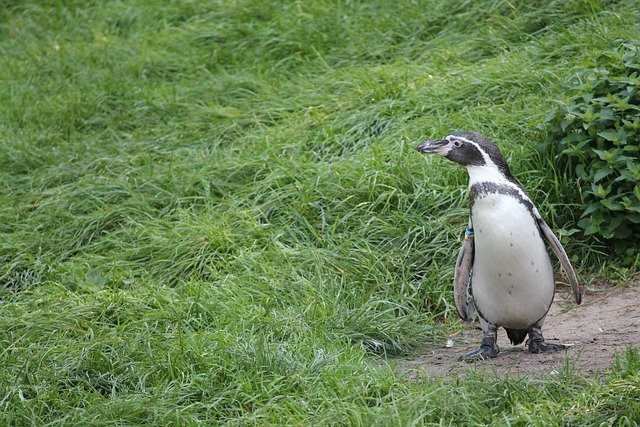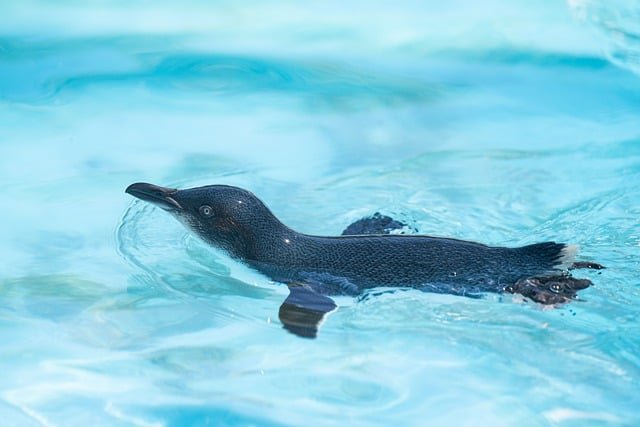
The Social Lives of Penguins: Understanding Their Complex Communities
Penguins are often perceived as solitary creatures, waddling along icy shores and diving into frigid waters. However, beneath this seemingly simple exterior lies a rich tapestry of social interactions and complex communities. In this post, we will explore the fascinating social lives of penguins, highlighting their communication methods, social structures, and the vital roles these interactions play in their survival.
Communication: The Language of Penguins
Penguins are highly social animals that rely on vocalizations and body language to communicate with one another. Each species has its own distinct calls, which they use to attract mates, ward off rivals, and maintain group cohesion. For example, the Emperor Penguin’s haunting calls can be heard over long distances, allowing mates to reunite in the vast Antarctic landscape.
Key Communication Methods:
- Vocalizations: Unique calls help penguins identify each other in crowded colonies.
- Body Language: Postures and movements convey emotions and intentions, such as aggression or courtship.
- Visual Signals: Color patterns and physical displays play a role in attracting mates.
Social Structures: Hierarchies and Relationships
Penguin colonies are often characterized by intricate social hierarchies. Within these communities, individuals establish relationships that can influence breeding success and survival. For example, dominant penguins may have better access to resources, while subordinates may rely on alliances to navigate social dynamics.
Types of Social Structures:
- Nesting Colonies: Many penguins, like the Adélie and Gentoo, form large colonies for nesting, providing safety in numbers.
- Pair Bonds: Monogamous pair bonds are common, with penguins often returning to the same mate each breeding season.
- Alloparenting: In some species, adults may help care for chicks that are not their own, fostering a sense of community and shared responsibility.
The Importance of Social Interactions
Social interactions among penguins are crucial for their survival. These interactions provide benefits such as increased protection from predators, cooperative foraging, and enhanced breeding success. Additionally, the social dynamics within colonies can impact individual health and well-being.
Benefits of Social Living:
- Predator Avoidance: Being part of a larger group can deter predators and reduce individual risk.
- Resource Sharing: Penguins often forage together, increasing the chances of finding food.
- Chick Rearing: Collaborative efforts in caring for young can lead to higher survival rates.
Conclusion
The social lives of penguins are far more intricate than many may realize. Through their unique communication methods, established social structures, and the benefits of communal living, penguins exemplify the importance of social interactions in the animal kingdom. As we continue to study these remarkable creatures, we gain a deeper appreciation for their complex communities and the vital roles they play in their ecosystems.
Feel free to share your thoughts or experiences with penguins in the comments below! 🐧✨
